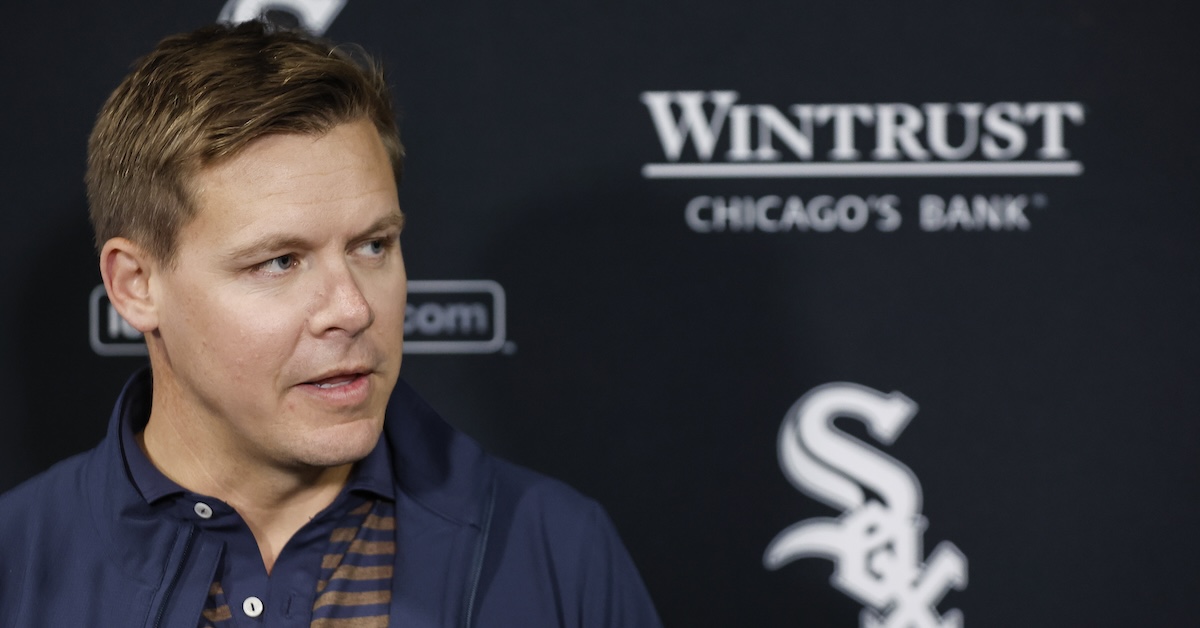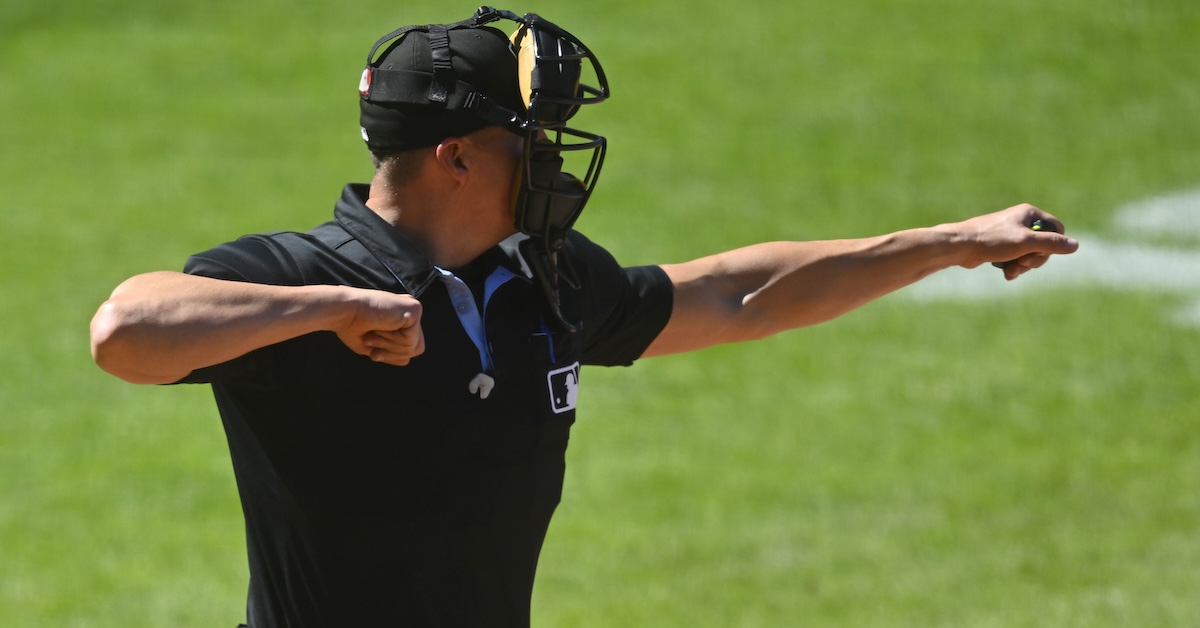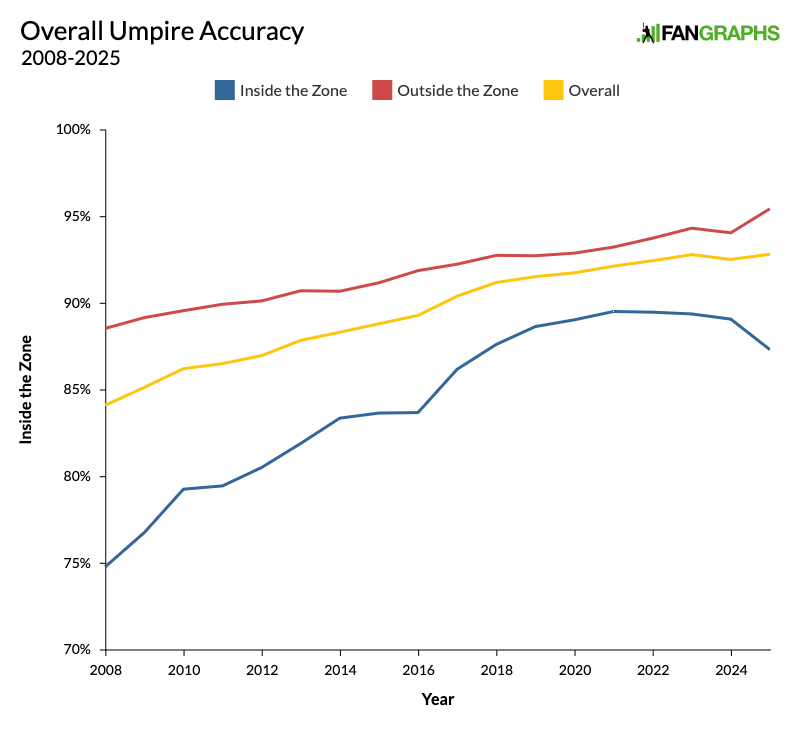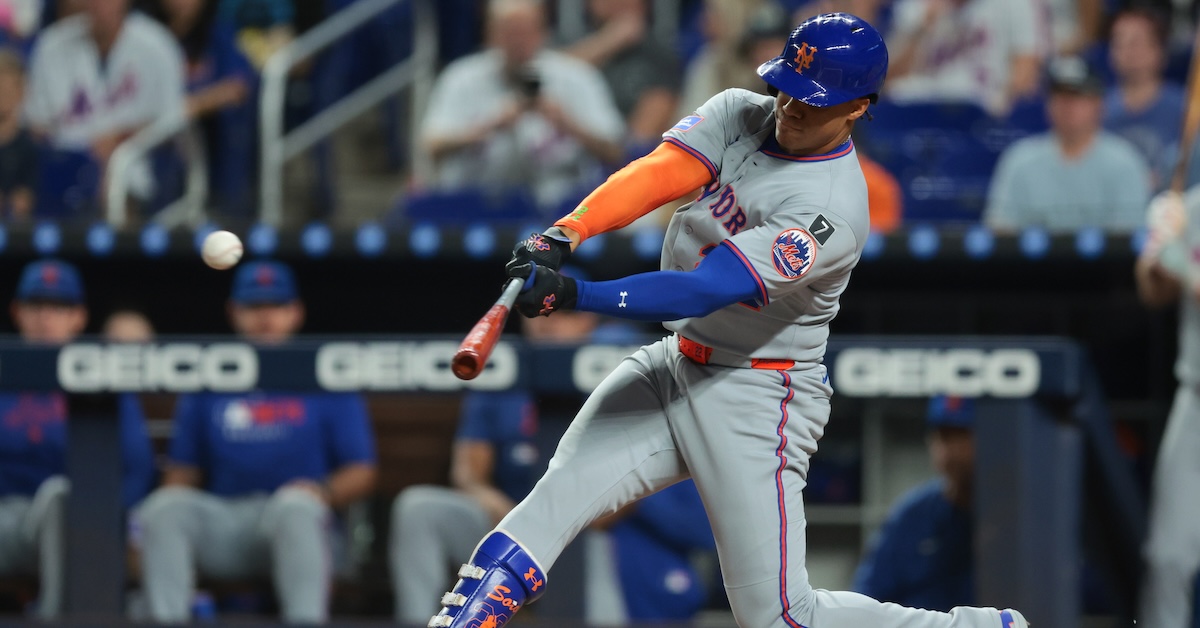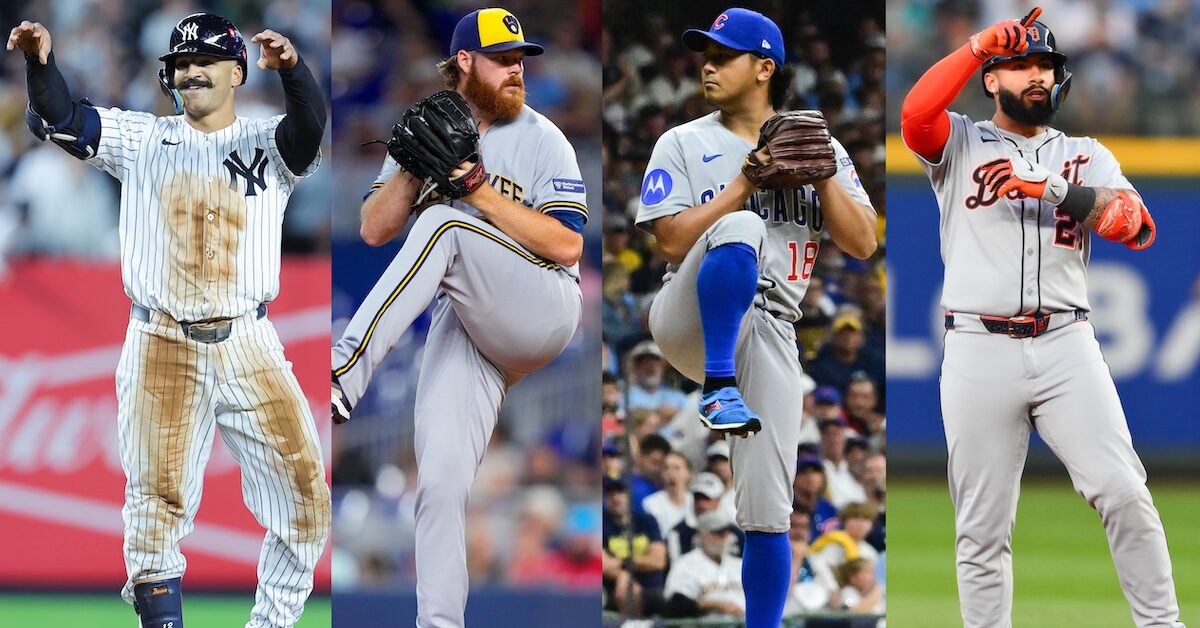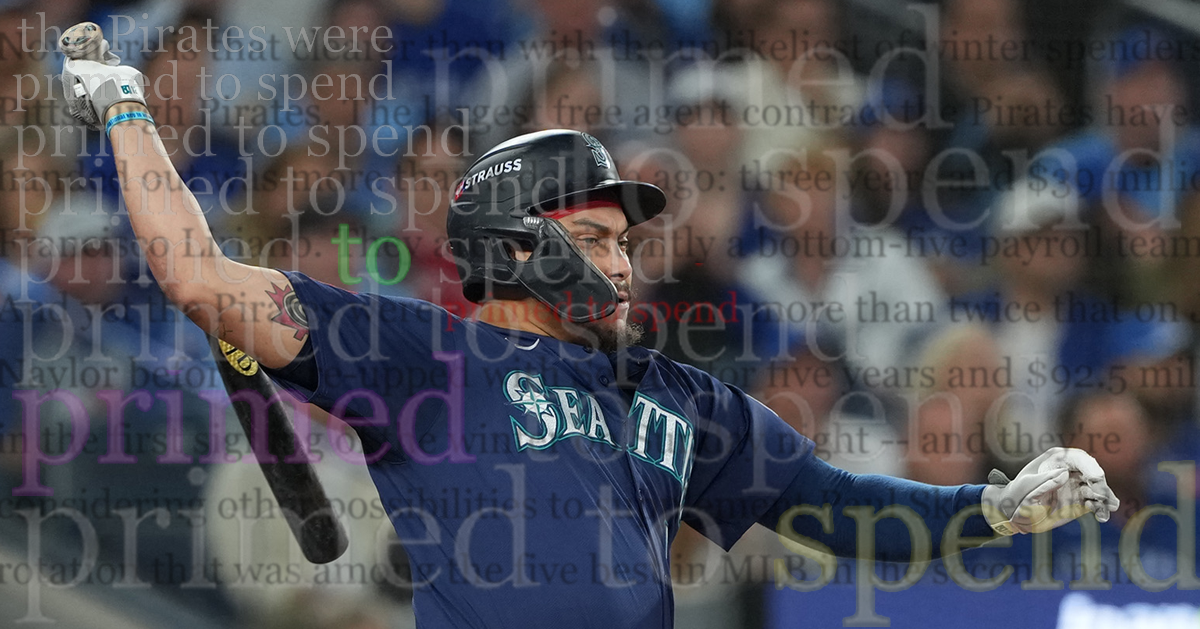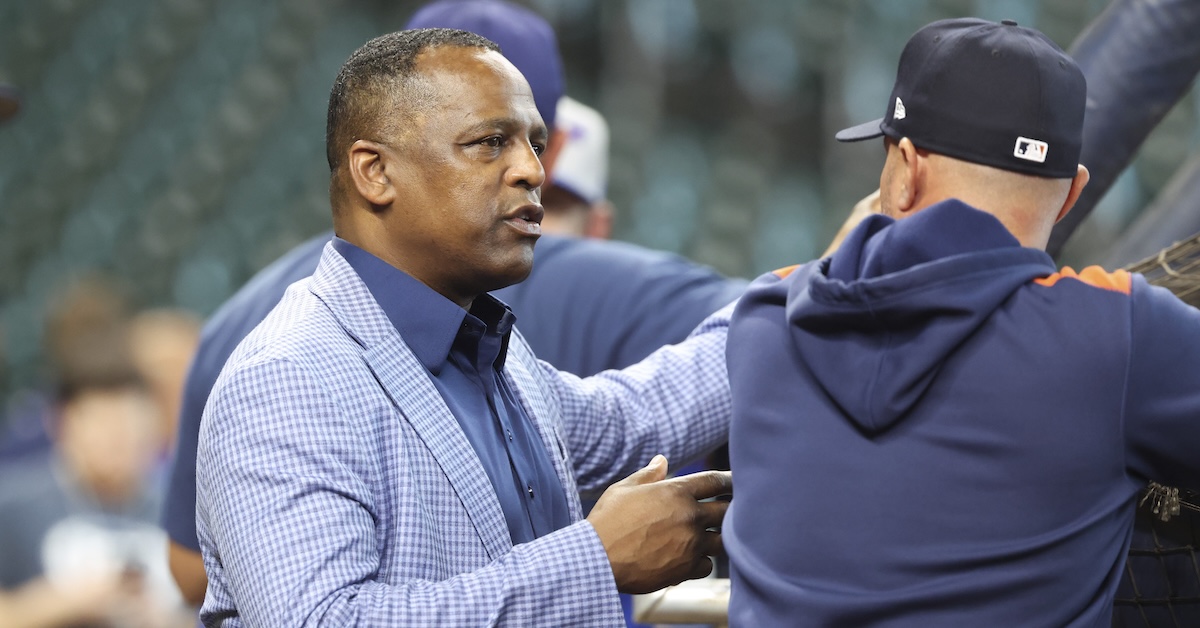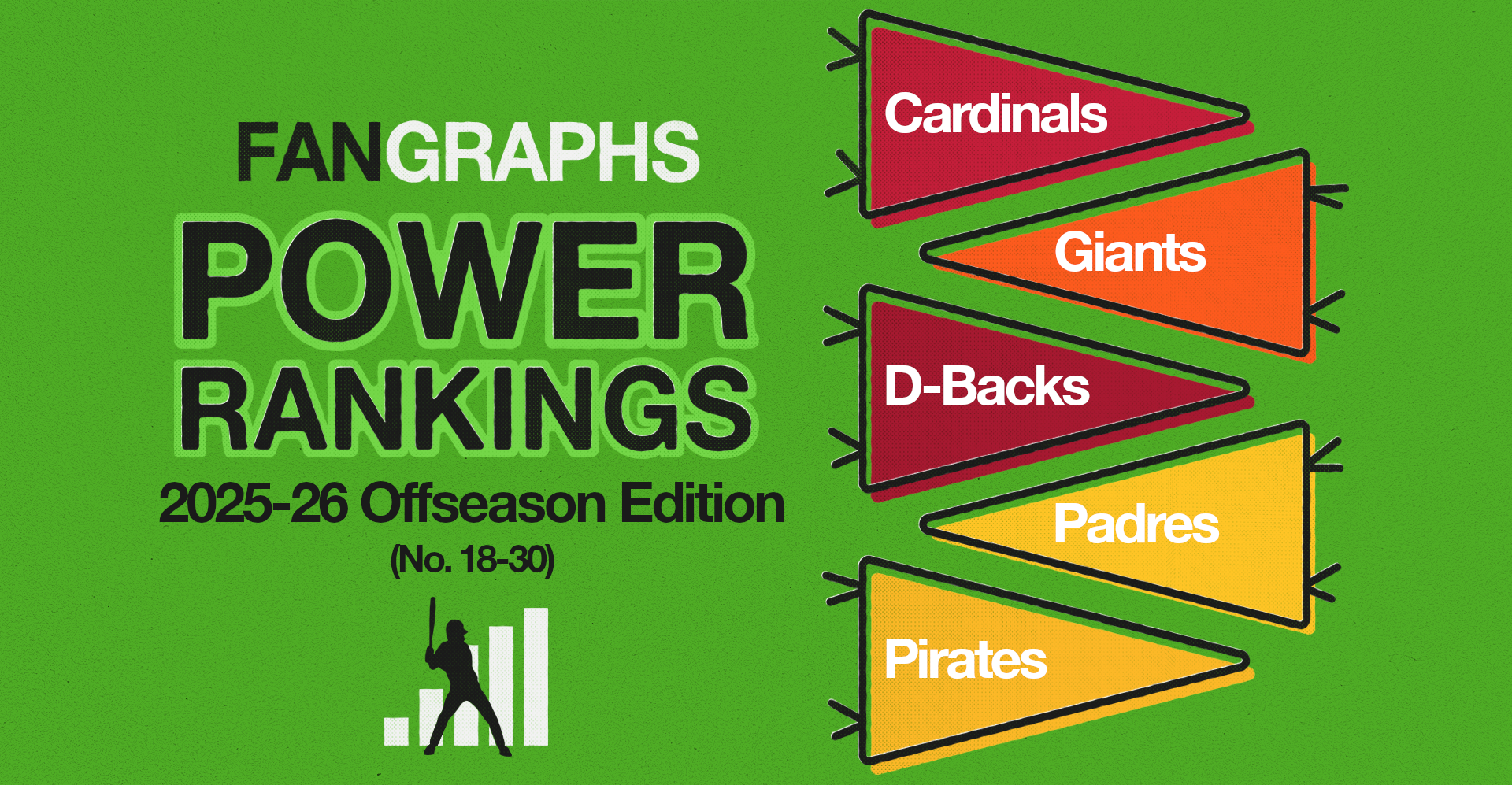FanGraphs Power Rankings: Offseason 2026 (No. 1–17)
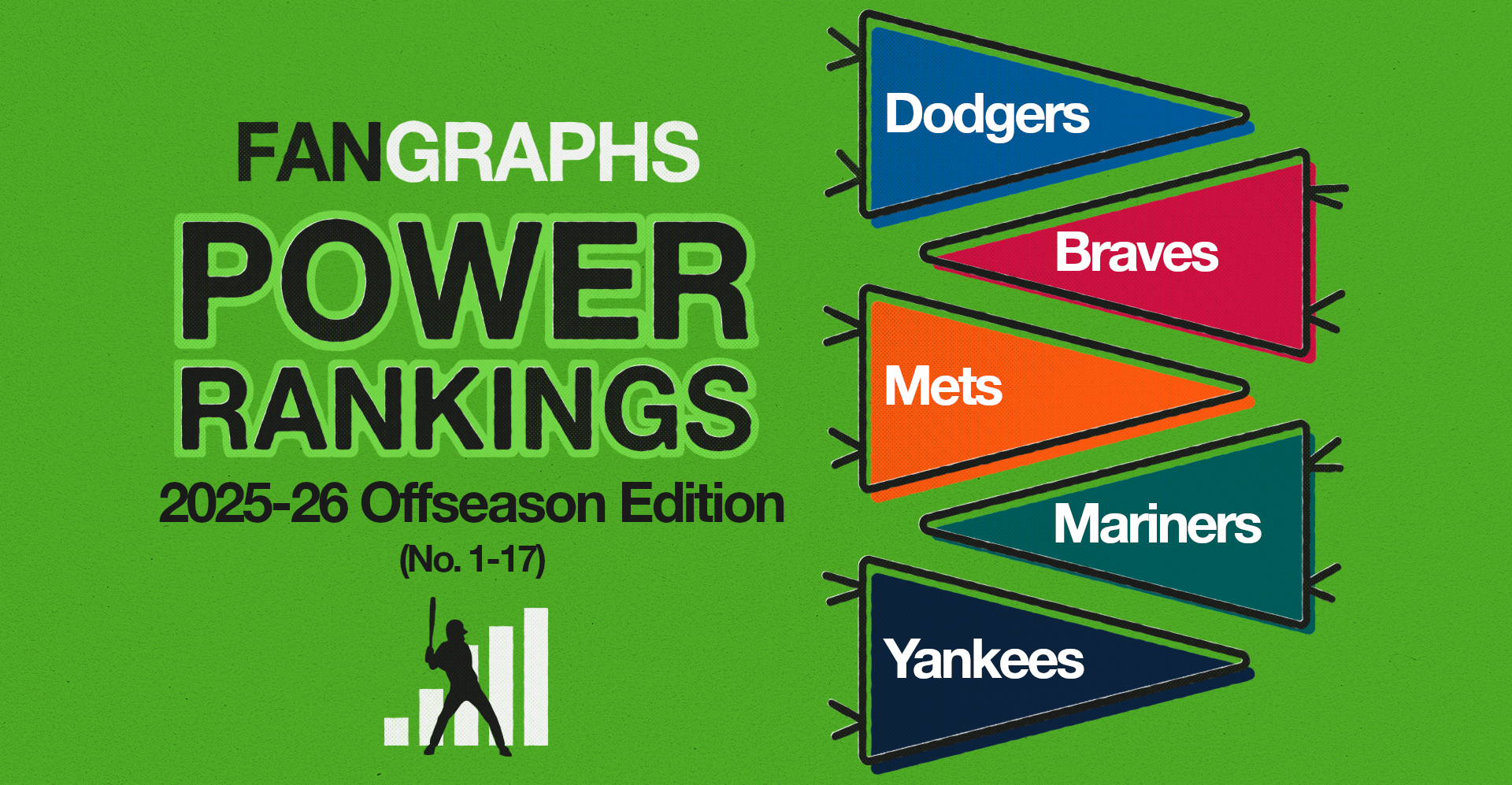
The hot stove has started to heat up, but it’s still pretty early in the offseason. On Tuesday, I took stock of how the early 2026 projections viewed the bottom 18 teams in baseball as they’re currently constructed. Today, I’ll take a look at the teams projected to finish with a .500 or better record in 2026. This exercise should give us a pretty good idea of which clubs would be ready to compete if the season started today, and which ones still have work to do this offseason.
Our power rankings use a modified Elo rating system. If you’re familiar with chess rankings or FiveThirtyEight’s defunct sports section, you’ll know that Elo is an elegant ranking format that measures teams’ relative strength and is very reactive to recent performance. For these offseason rankings, I’ve pulled the Depth Charts projections and calculated an implied Elo ranking for each team. Right now, our Depth Charts projections are powered entirely by the 2026 Steamer projections; the 2026 ZiPS projections will be folded in later in the offseason.
First up are the rankings, presented in a sortable table. Below that, I’ve grouped the teams into tiers, with comments on each club. You’ll notice that the official ordinal rankings don’t always match the tiers — there are times when I take editorial liberties in grouping teams together — but generally, the order is consistent. The delta column in the table below shows the change in ranking from the final regular season run of the power rankings. The rankings for teams 18–30 have been updated with the handful of moves that occurred around baseball since Part I was published. Read the rest of this entry »

